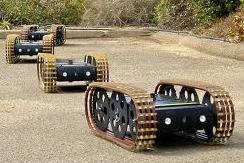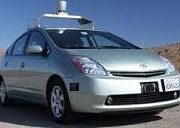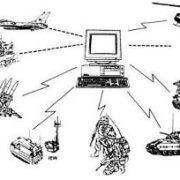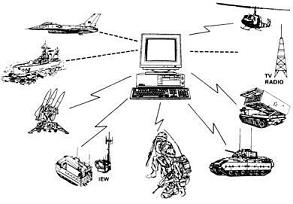 Eye spy
Eye spy
I was having dinner with a new acquaintance when an Unmanned Ground Vehicle (UGV) bumped my foot. I looked down and saw a radio-controlled toy.
“Oh, don’t mind that,” said my host. “That’s just my son playing.”
“He plays too much with that thing,” groused the boy’s father. “What really bothers me is that it has a camera. I’m don’t like being spied on in my own home.” Read more












 Unmanned Ground Vehicles (UGVs). “We are moving along that spectrum from tele-operating to semiautonomy where you can send a robot from point A to point B without any intervention,” said U.S. Marine Corps Lt. Col. David Thompson, project manager with the Robotic Systems Joint Program Office (
Unmanned Ground Vehicles (UGVs). “We are moving along that spectrum from tele-operating to semiautonomy where you can send a robot from point A to point B without any intervention,” said U.S. Marine Corps Lt. Col. David Thompson, project manager with the Robotic Systems Joint Program Office (